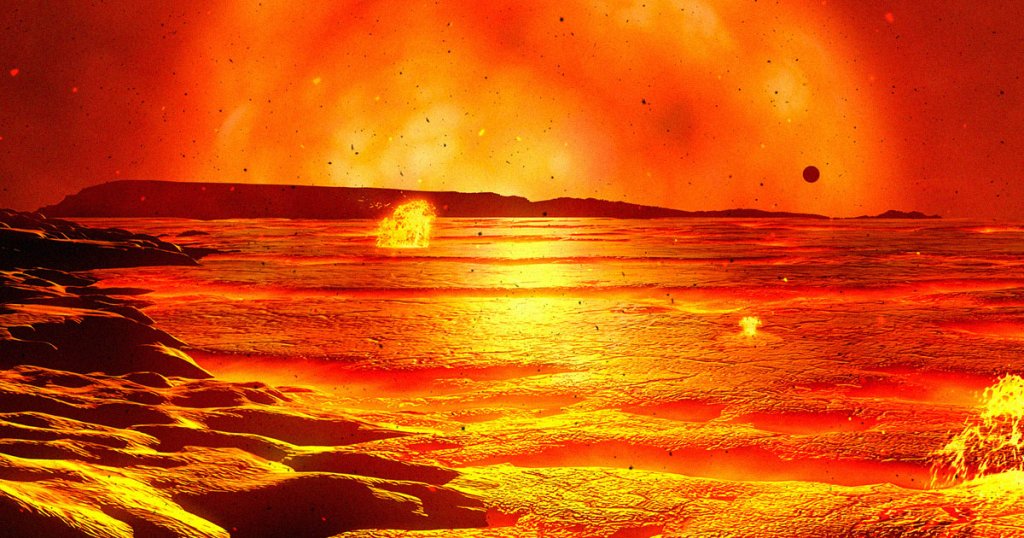
There May Be Small Black Holes Inside Some Stars, Scientists Say (Image Credit: futurism-com)
The theory was inspired by Soundgarden’s “Black Hole Sun.”
Black Hole Sun (Remastered)
While listening to the 1990s alternative rock anthem “Black Hole Sun” by Soundgarden, Science reports, astrophysicist Earl Bellinger had a curious thought: what if tiny black holes could be hiding inside far more massive stars?
In a new study published today in The Astrophysical Journal, Bellinger and his team took a closer look at the seemingly far-fetched idea. By studying the vibrations on the surface of distant stars, they say, we may be able to detect the existence of black holes trapped within — an exciting thought experiment that spurred by his love for that 1994 radio hit.
“I thought it would be kind of funny to put a black hole inside of a star and just see what happens,” Bellinger told Science.
Super Unknown
According to our conventional model of star evolution, black holes are the result of massive stars that collapse in on themselves. Their immense density causes even light itself to be pulled inwards.
For their research, Bellinger and his team examined an existing theory suggesting that the universe is full of tiny, primordial black holes that could possibly explain dark matter, the mysterious glue that accounts for an estimated 85 percent of the matter in the universe.
Thanks to their abundance in the universe, the thinking goes, these microscopic black holes could get trapped in cloudy star nurseries, and eventually be trapped within new stars.
These trapped black holes would have to be exceedingly dense, roughly the mass of an asteroid squeezed into the diameter of a hydrogen atom. That would cause them to drift into the star’s core.
Surprisingly, they could be stable there. For the tiny black hole to actually “eat the star” would “take longer than the lifetime of the universe,” Bellinger told Science.
Hawking Stars
However, larger black holes could consume a star in a matter of a few hundred million years, turning into what the team dubbed “Hawking stars,” which rely on the power of the black hole instead of the fusion of hydrogen atoms.
The astrophysicists’ theory could help explain the discovery of hundreds of unusually cool red giants, a late phase of a star’s evolution. By studying vibrations on their surface, the researchers suggest we could find out if there’s a black hole lurking inside of them.
Of course, it’s still only a theory at this point, and one expert expressed skepticism to Science.
But Bellinger isn’t perturbed.
“I joked with some people that it would be the dumbest ever Nobel Prize, to discover dark matter because you’re inspired by ‘Black Hole Sun,'” he told Science.
More on black holes: Remember That Black Hole They Took a Picture of? It’s Spinning
Share This Article





